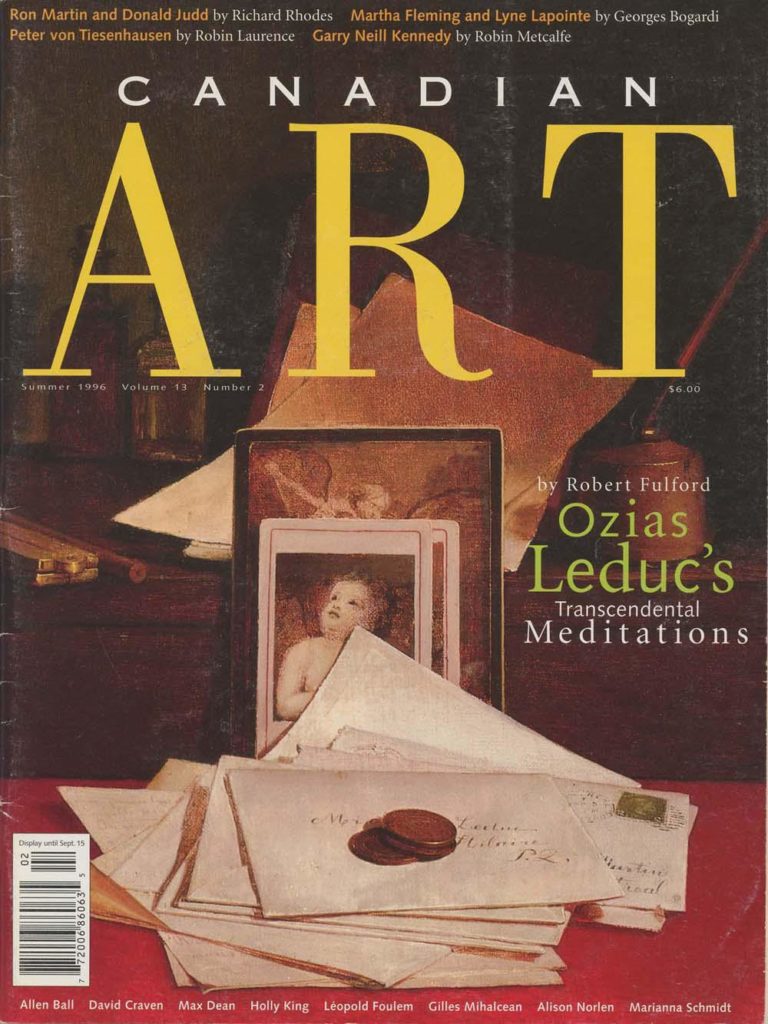A crucial book in Canadian culture, Painting in Canada, by J. Russell Harper, contains this sentence: “Ozias Leduc lived hidden away in the little village of Saint-Hilaire, virtually an unknown recluse.” Embedded in a work of great authority, that quotation can serve as a useful reminder that even the best historians sometimes go wildly wrong. It demonstrates, in fact, just how many mistakes a scholar can stuff into fifteen words. Harper was an inspiring teacher who helped invent Canadian art as a field of academic study, but when he wrote that sentence in 1966, and repeated it eleven years later in a revised edition of his book, he surrendered to a romantic myth that never had more than a fleeting connection with reality. The myth has a peculiar adhesive power, however, and to this moment it shrouds in obscurity one of the remarkable artists of Canadian history.
The truth—laid before us in a major retroscpective now on tour—is that Ozias Leduc (1864-1955) was never hidden away, certainly wasn’t unknown and was about as reclusive as Charlie Pachter. Even applying the term “little village” to his home town gives a deceptive impression. It sounds remote and secluded, but in fact Saint-Hilaire was a twenty-minute train ride from Montreal, a ride Leduc often took.
So begins our Summer 1996 cover story. To keep reading, view a PDF of the entire article.









